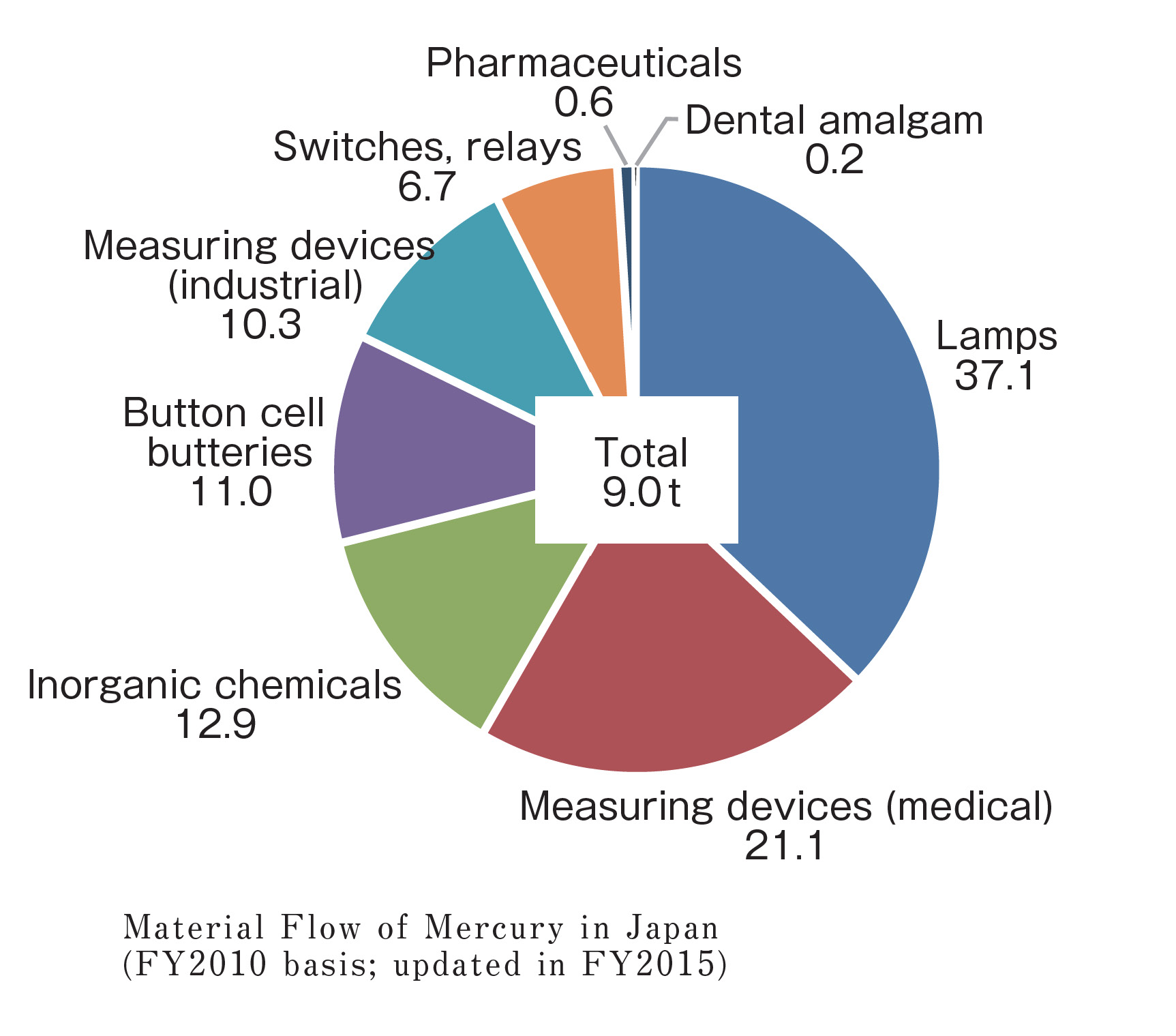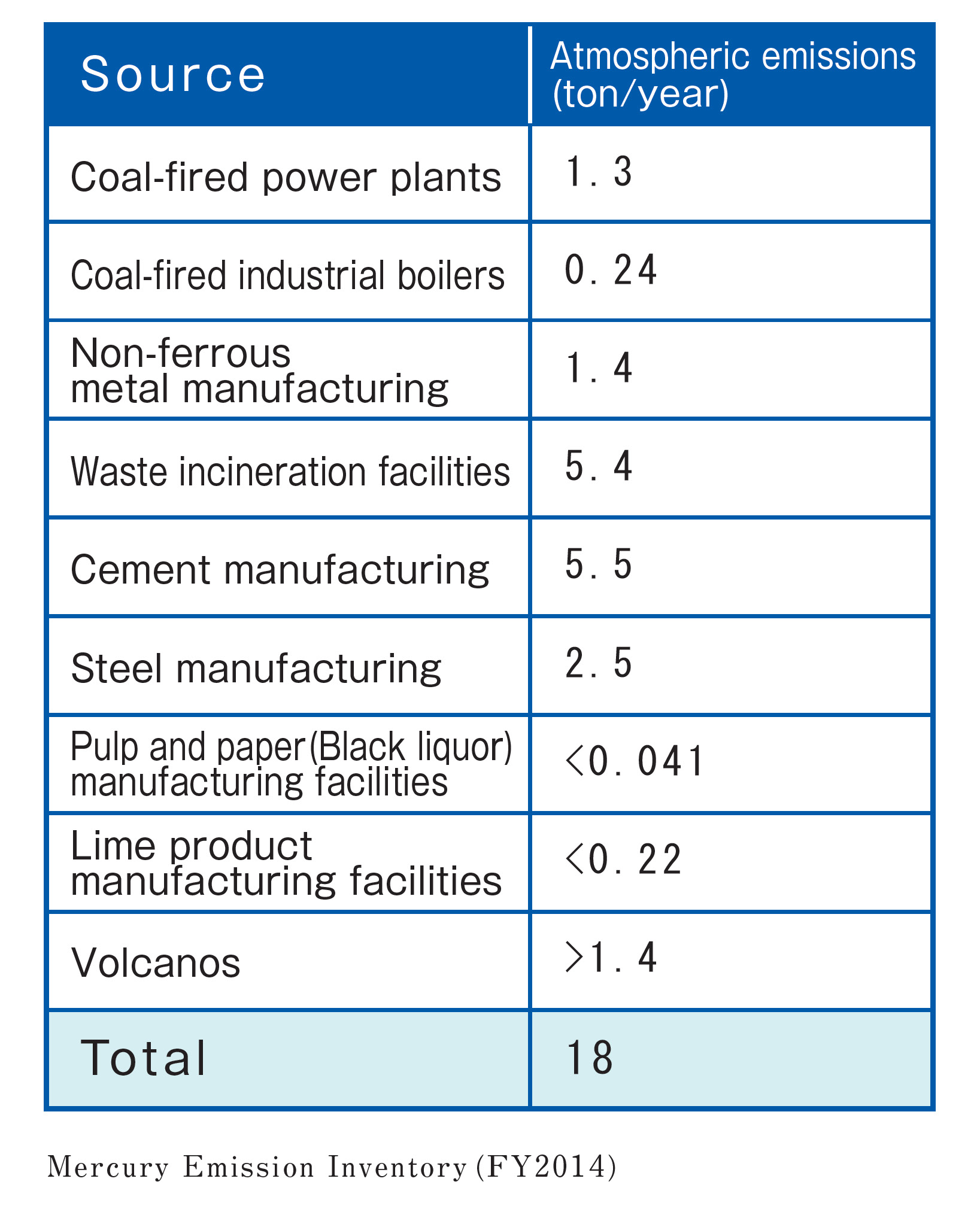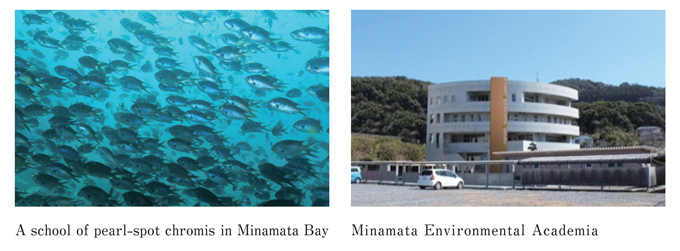Health & Chemicals
Japan's Lessons of the Minamata Disease and Measures for Mercury Management
Japan has experienced serious damages caused by mercury such as the Minamata Disease, which was officially acknowledged in 1956. Since then, Japan has strengthened environmental protection measures, and engaged in mercury management through the concerted efforts of the national and local governments, industries and civil groups.
Regulatory measures (examples)
- Establishment of environmental standards and emission reduction for public water bodies, ground water and soil
- Establishment of health risk evaluation guideline value for ambient air and emission reduction for atmosphere
- Establishment of special treatment standards for waste containing mercury above standard values
Industrial achievements (examples)
- Mercury-free dry-cell batteries achieved in early 1990s; promotion of mercury-free button cells
- Reduction of mercury volume encapsulated in fluorescent lamps; promotion of LED (light-emitting diode) lamps
- Closure of all primary-mercury mines in Japan by 1974
- Discontinuation of the use of mercury in manufacturing processes
As a result of the measures and actions, domestic mercury demand has declined from its highest value of 2,500 tons to approximately 9 tons (approx. 1/400 of global total). Mercury emissions into atmosphere have also declined to approximately 20 tons (approx. 1/100 of global total).(2010)
| Trends of mercury demand in Japan | Mercury demand in Japan | Atmospheric emissions of mercury from major sources in Japan |
 |
 |
 |
Environment-oriented community development in the Minamata area
After the production of acetaldehyde-the cause of mercury release-was discontinued in 1968, mercury that had remained in the sediment of the Minamata area was dredged and filled into the containment landfill in an inner part of the Minamata bay.
Today, the safety level of the local fish and shellfish having been confirmed.
Making the lessons of the Minamata Disease and the efforts toward regional revitalization as local assets, various initiatives have been carried out for the development of the Minamata area: the establishment of Minamata Environmental Academia (to be put into operation in 2016) that will strive to serve central roles in enhancing advanced education and research activities, fostering industry-academia-government collaboration and gathering knowledge; the promotion of low-carbon and community-based tourism, etc. These initiatives include various activities to implement a new regional development model while reducing the environmental effect.
